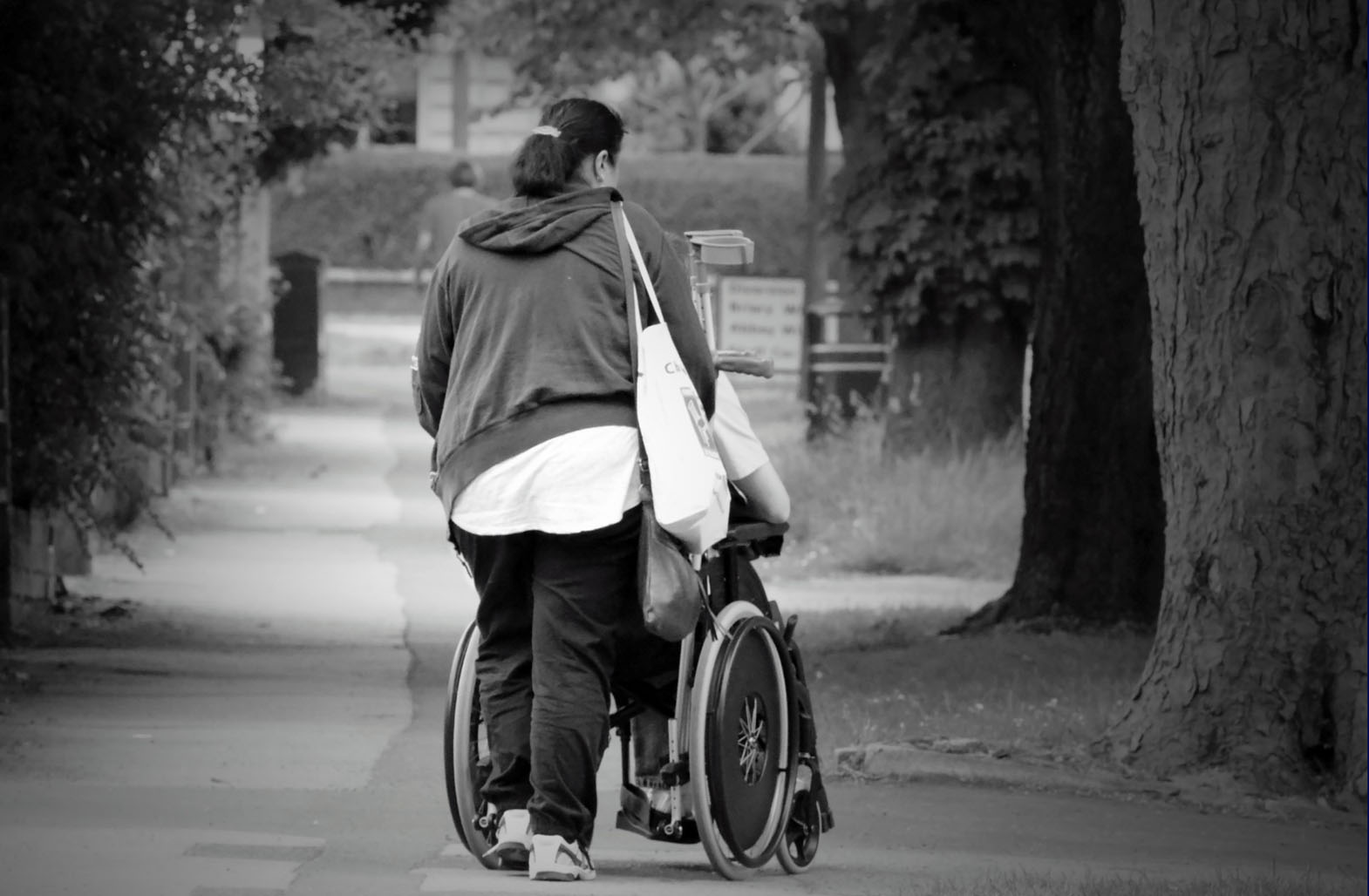When it comes to caring for older adults, there is a shift to a consumer-driven model that focuses on keeping patients in their homes and out of institutional care facilities. It’s an arrangement that can benefit both the patient and the healthcare system, but new research by Johns Hopkins School of Nursing professor Nancy Glass and colleagues shows that the personnel working in patient homes are often at risk for harassment and violence with no plan of prevention.
Published in BMC Public Health, the study, which interviewed female homecare workers (defined as those who support older adults with activities of daily living such as bathing, dressing, grooming, eating, and mobility), showed that 61.3% of them experienced physical, verbal, or sexual harassment, aggression, and/or violence. In a hospital or clinic setting, these situations are usually resolved through human resources departments, employee assistance programs, and other prevention and security measures, but for the workers providing care inside the patient’s home, organizational safety procedures often don’t exist and they’re left without a policy to stand on.
“That’s a big part of the problem,” says Glass, PhD, MPH, RN, FAAN. “These homecare workers work independently, rather than through an agency, so there’s less home monitoring and supervision. It’s difficult to know where to turn.”
Glass adds that these violent acts don’t have isolated effects either. Most of the workers, once faced with verbal, physical, or sexual aggression or abuse, also experience burnout, stress, depression, sleep loss, and fear of reoccurrence, and their desire to continue providing care declines.
In spite of the risks, she says the consumer-driven homecare model is of growing value and if homecare workers have confidence to address these situations, the negative effects can be reduced. “Our population is aging and life expectancy is increasing,” she says. “We’re seeing a great desire from older adults to have autonomy, but we need to make sure homecare workers feel safe. The important step now is to develop measures that will boost confidence and ability to prevent and respond.”
The researchers recommend preventive safety policies and training sessions for both patients and care providers that outline procedures for leaving a home if necessary, documenting situations, and establishing work boundaries and expectations. They also say knowing warning signs of violence, how to communicate assertively, and de-escalation techniques will help homecare workers confidently address potentially violent situations.
See the full research: “Workplace Violence against Homecare Workers and Its Relationship with Workers Health Outcomes: A Cross-Sectional Study”
The Johns Hopkins School of Nursing is a global leader in nursing research, education, and scholarship. The School and its baccalaureate, master’s, PhD, and Doctor of Nursing Practice programs are recognized for excellence in educating nurses who set the highest standards for patient care and become innovative national and international leaders. Among U.S. nursing schools, the Hopkins Nursing graduate programs are ranked #1 by U.S. News & World Report. For more information, visit http://nursing.jhu.edu.
Media Inquiries
Contact Danielle Kress
410-955-2840 or [email protected]
